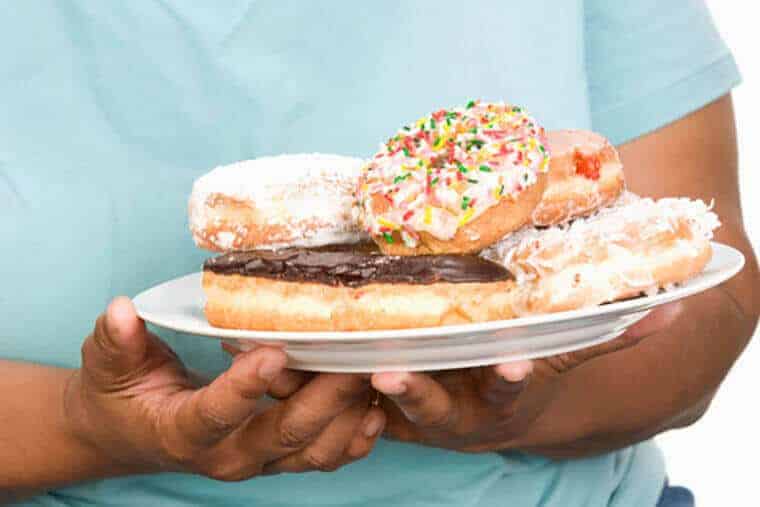Researchers have identified a stable brain pattern, or neuromarker, that can predict the intensity of drug and food cravings.
The neuromarker, which the researchers have dubbed the “Neurobiological Craving Signature (NCS),” was identified using functional magnetic resonance imaging (fMRI) data and self-reported assessments of craving from 99 individuals. The fMRI data was collected while the individuals viewed images of drugs and highly palatable food and rated how strongly they craved the items they saw. The NCS includes activity in several brain areas, some of which have been previously linked to substance use and craving, and provides a detailed understanding of how these brain regions interact with and predict the subjective experience of craving.
The research was collaboratively done by teams from from Yale University, Dartmouth College, and the French National Centre for Scientific Research (CNRS).
Importantly, the NCS was able to differentiate drug users from non-users based on their brain responses to drug cues, but not to food cues. It was also able to predict craving levels across all substances studied, including cocaine, alcohol, and cigarettes, suggesting that it may be a general marker for addiction. In addition, the NCS was found to be stable over time, meaning that it could potentially be used to track changes in craving levels and the effectiveness of treatment.
The researchers hope that the NCS will ultimately be used to better understand the brain basis of craving and addiction, and to improve treatment for substance use disorders. “One benefit of having a stable biological indicator for a disease is that you can then give the test to any person and say that they do or do not have that disease,” said Hedy Kober, an associate professor of psychiatry at Yale School of Medicine and an author of the study. “And we don’t have that for psychopathology and certainly not for addiction.”
While the NCS is a promising development, the researchers caution that more research is needed to fully understand its implications and potential uses. “We still have a lot to learn about the NCS and how it relates to addiction, but this is an important step toward understanding the neural basis of craving and addiction as a brain disorder,” said Kober.


